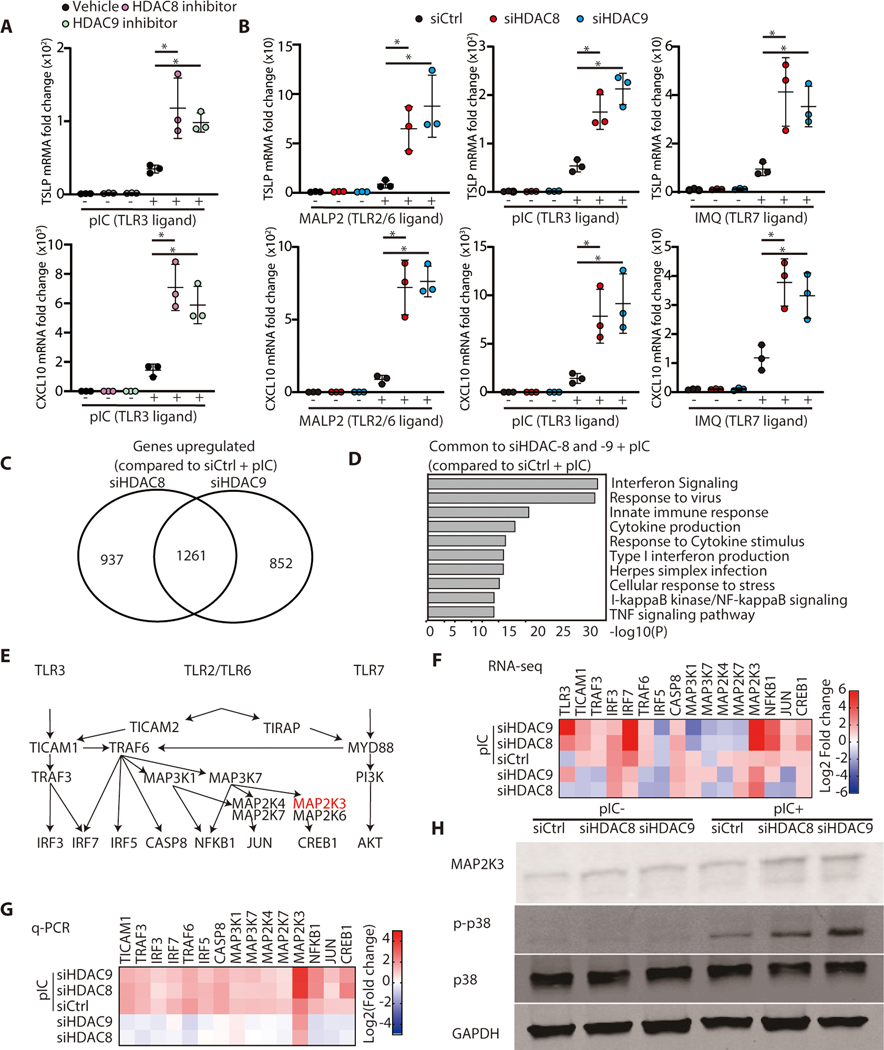Figure 1. HDAC8 and HDAC9 inhibit cytokine response to TLR 2, 3 and 7 ligands by suppression of MAP2K3 expression.
(A) Normal human keratinocytes (nHEKs) were pretreated for 1 hour with PCI34051 (10μM) or TMP269 (1μM) as HDAC8 or HDAC9 inhibitors respectively, and then cultured for 4 hours with poly I:C (1 μg/ml). mRNA expression of TSLP or CXCL10 was measured by qPCR. (N=3; one-way ANOVA). (B) nHEKs were treated for 24 hours with silencing RNAs to HDAC8 or HDAC9, or control scrambled siRNA, then cultured for 3 hours with MALP2 (200 ng/ml) or poly I:C (1 μg/ml) or 4 hours with IMQ (30 μg/ml). mRNA expression of TSLP or CXCL10 was measured by qPCR. (N=3; one-way ANOVA) (C) Total RNA sequencing after silencing of HDAC-8 or HDAC-9 and addition of poly I:C compared to control siRNA and poly I:C. (D) Gene ontology analysis of genes induced by poly I:C after HDAC 8,9 silencing with compared to genes induced by poly I:C after control siRNA. (E) Illustration of signaling pathways for TLR3, TLR2/6 and TLR7. (F) Heat map of TLR signaling-related genes that increased after HDAC8/9 silencing as determined by RNA sequencing and (G) validated by qPCR. (H) Immunoblotting for phospho-p38MAPK, p38MAPK, MAP2K3, or GAPDH from nHEKs treated with poly I:C following HDAC8/9 silencing. Results are expressed as the mean ± standard deviation (SD). *, P < 0.05. Data are representative of three independent experiments.

